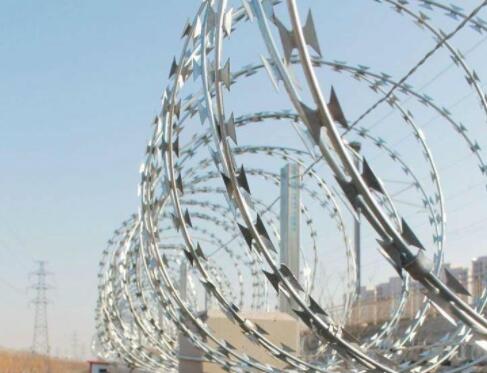Understanding Annealed Wire A Comprehensive Overview
Annealed wire is an essential component in various industrial and commercial applications, known for its unique properties and versatility. The annealing process involves heating wire to a specific temperature and then allowing it to cool slowly, which alters its physical characteristics. This article delves into what annealed wire is, its manufacturing process, and the benefits it offers in different applications.
What is Annealed Wire?
Annealed wire refers to wire that has undergone the annealing process. This treatment is typically employed on metals, including steel, copper, and aluminum. The primary purpose of annealing is to remove internal stresses caused by previous manufacturing processes, such as drawing or twisting. The result is a wire that is softer, more ductile, and easier to work with, making it highly desired in various trades and industries.
The Annealing Process
The annealing process involves several key stages. Initially, the wire is heated in a furnace to a temperature that is specific to the type of material. For steel, this temperature often ranges between 700 to 1,000 degrees Celsius, depending on its carbon content. The wire is maintained at this temperature for a set period, allowing the alloy's microstructure to change. Afterward, the wire is slowly cooled, often in a controlled environment, to ensure that the newly formed structure remains stable.
The cooling process is crucial as rapid cooling can lead to the reformation of hard microstructures, negating the benefits of annealing. Various annealing techniques can be employed, including continuous annealing, batch annealing, and recrystallization, each suited to different types of wire and their specific uses.
Benefits of Annealed Wire
1. Improved Ductility One of the most significant advantages of annealed wire is its increased ductility, which allows it to be stretched and formed without breaking. This is particularly beneficial in applications where flexibility is essential.
what is annealed wire

2. Enhanced Workability With reduced hardness and stress, annealed wire is much easier to handle during fabrication processes. Whether it needs to be bent, coiled, or cut, annealed wire allows for smoother operations.
3. Uniform Properties The annealing process produces wires with consistent mechanical properties throughout, ensuring reliability and performance in various applications.
4. Corrosion Resistance In some cases, the annealing process can enhance the corrosion resistance of wire, particularly in certain metals. This is crucial for applications where exposure to harsh environments is expected.
5. Versatile Applications Annealed wire is widely used in many fields, from electrical wiring to construction and machinery. Its adaptability makes it suitable for use in diverse products, including the manufacturing of springs, fasteners, and fencing materials.
Common Uses of Annealed Wire
Annealed wire finds applications across various industries. In the electrical sector, it is commonly used for wiring due to its excellent conductivity and flexibility. In construction and civil engineering, annealed wire is often employed for concrete reinforcement, as well as in the production of mesh and fencing. Additionally, the automotive industry utilizes annealed wire for producing different parts, where flexibility and strength are critical.
Conclusion
In summary, annealed wire is a vital material with numerous benefits and applications across different industries. The annealing process not only enhances the wire's ductility and workability but also ensures uniformity in its mechanical properties. Whether it's for electrical, construction, or general manufacturing purposes, annealed wire remains a crucial component, contributing to the efficiency and effectiveness of various products and structures. Understanding its properties and applications can lead to better utilization and innovation in design and engineering.

















